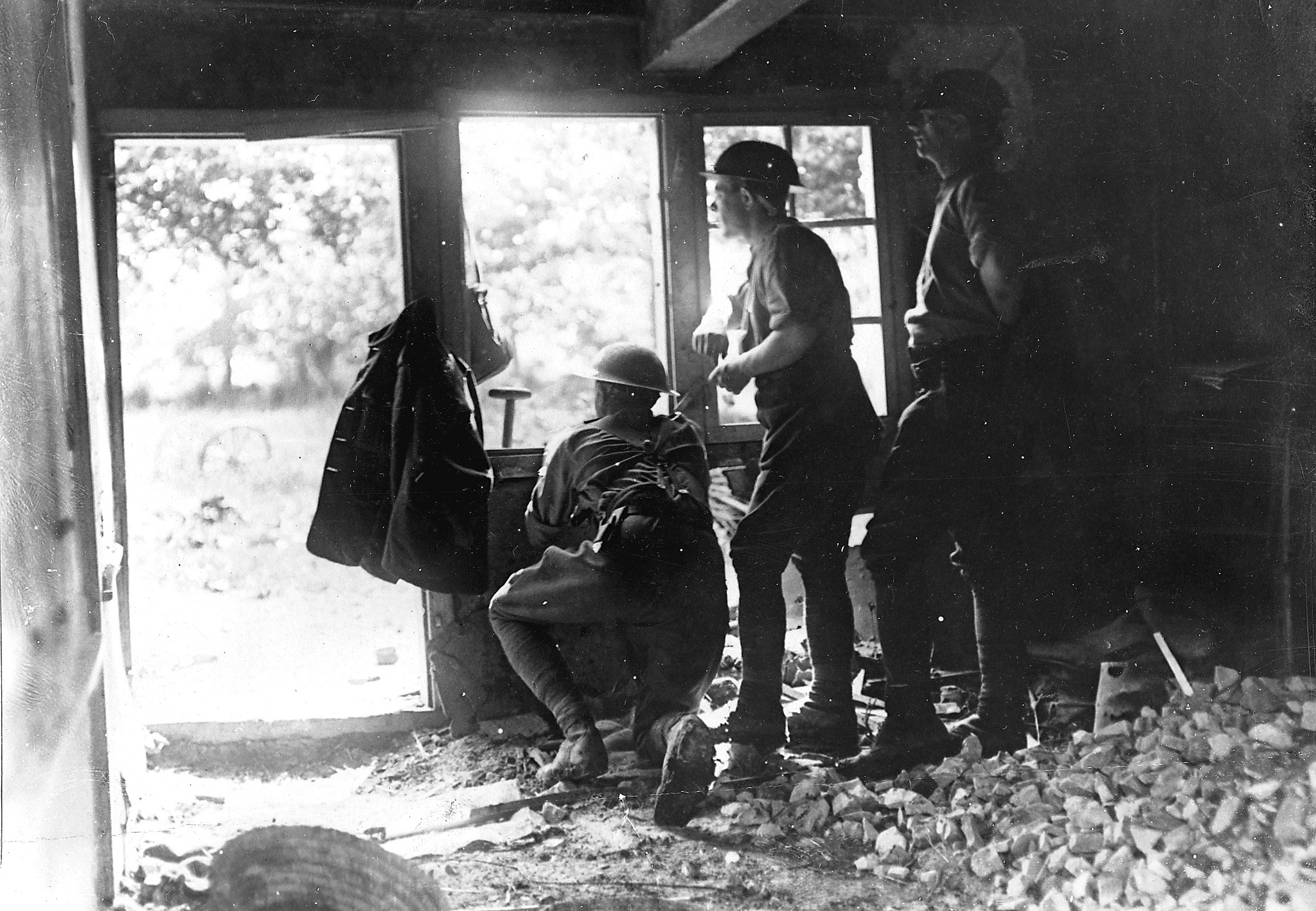Image may be NSFW.
Clik here to view.
On June 28, 1914, a Bosnian-Serb student named Gavrilo Princip killed Austrian archduke Franz Ferdinand and his wife, the duchess. It was the shot-heard-round-the-world, unleashing a series of events that by August 1914 embroiled Europe in war. That deadly summer unfolded 100 years ago, and the world truly was never the same.
Civilization was soon engaged in a horrific conflict marred by mechanized warfare previously unimaginable: tanks, subs, battleships, air power, machine guns with names like “the Devil’s paint brush,” and legions of poison gas—the largest-scale use of chemical weapons in history. Winding through all the agony were rotten, death-strewn trenches, an incomprehensible maze of thousands of miles of freezing, disease-ridden, and rat-infested tunnels where men subsisted below the earth. They rose from this hell only to be fed into a worse one—no man’s land, a dénouement with the human meat-grinder.
It was World War I, the “Great War.”
Ever since, professors have struggled to explain to students how the major powers became engulfed by this nightmare. I start my lectures on WWI with an hour on its causes. These ranged from colonial and tariff disputes to a complicated network of alliances that inexorably committed various countries to battle, beginning with Austria-Hungary, Serbia, Germany, and Russia.
Still, as I cover these causes with my students, they are confused, frustrated, and unsatisfied. Where was the Pearl Harbor? Where were the concentration camps? Where was the Hitler-Stalin Pact? Who was the brutal dictator?
There was none. No such blatant evils precipitated this war.
It was a disastrously wasteful affair that Pope Benedict XV publicly declared an unjust war, a mad form of collective European suicide. The pontiff rightly judged that there were no salient moral issues dividing the combatants. These countries should not have been at war, let alone slaughtering their boys by the millions.
The moral calamity was obvious to all. Quite apart from the bishop of Rome, the acclaimed atheist-leftist intellectual Sidney Hook might have best summed up the catastrophe when he referred to World War I not as the “Great War,” or “War to End All Wars,” or the “Kaiser’s War,” or, in President Woodrow Wilson’s famous line, the war to “make the world safe for democracy,” but as something considerably less inspiring: World War I was, said Hook mordantly, “the second fall of man.”
And so it was.
Religious metaphor best captures the gravity of this giant fall from grace. Historian Michael Hull evokes the image of O Cristo das Trincheiras, “The Christ of the Trenches.” This life-size statue of Jesus Christ hung with arms outstretched on a tall wooden cross was erected on the Western Front. Soiled, bullet-scarred, and, most of all, crucified, the French presented it to the government of Portugal after the war to memorialize the thousands of Portuguese who sacrificed themselves at the Battle of Flanders. It’s an appropriate symbol for the millions who gave their lives for this colossal sin.
Michael Hull maintains that World War I was, in a perverse way, arguably more horrible than World War II. How so? “The horrors of World War I,” writes Hull, “exceeded those of World War II in terms of the sheer futility of squandered lives.”
The views expressed in this opinion article are solely those of their author and are not necessarily either shared or endorsed by WesternJournalism.com.
This post originally appeared on Western Journalism – Informing And Equipping Americans Who Love Freedom
Read More and Comment: What Was The Point Of WWI Again?